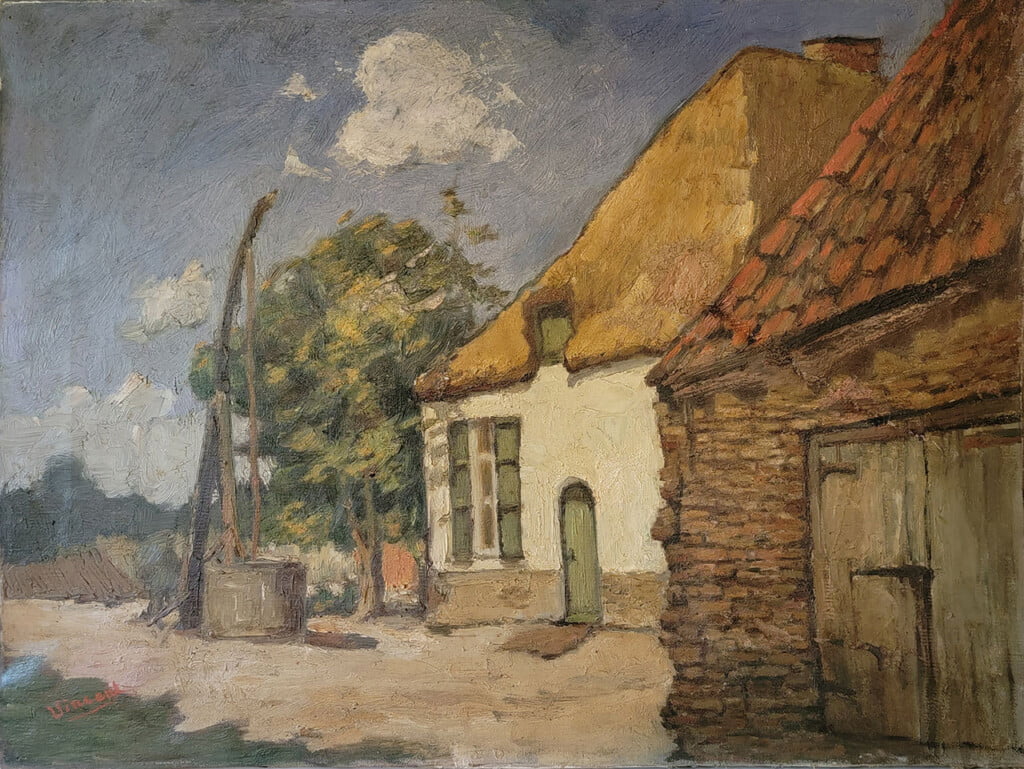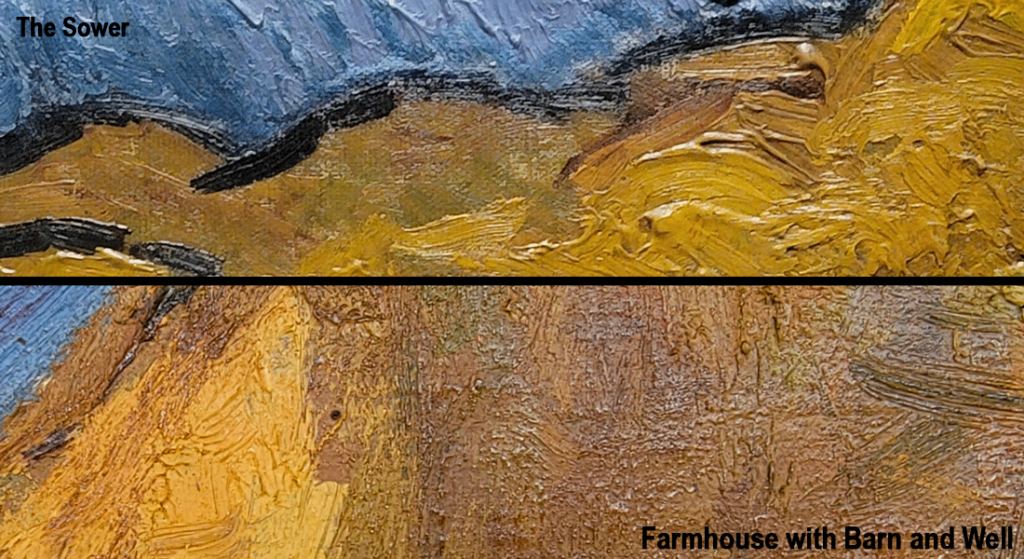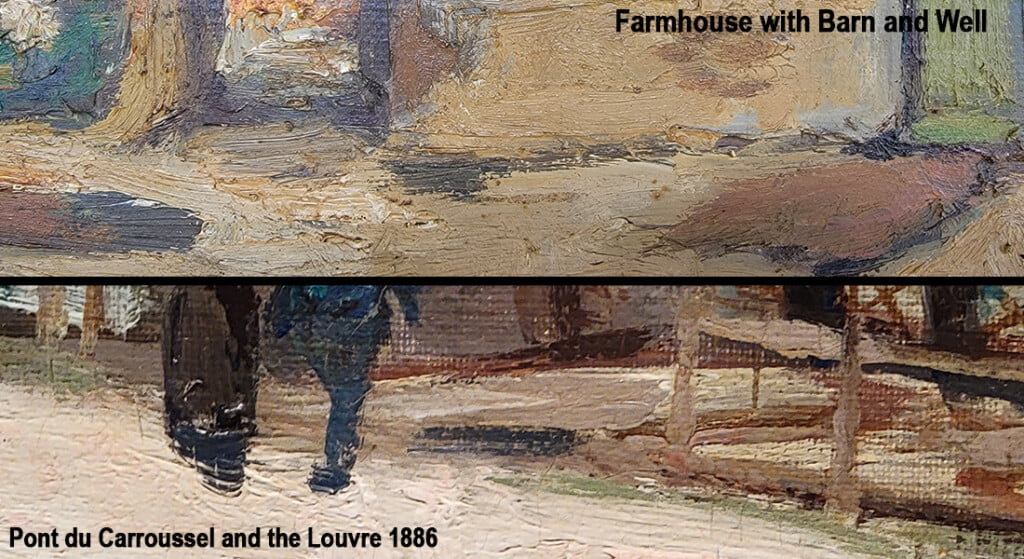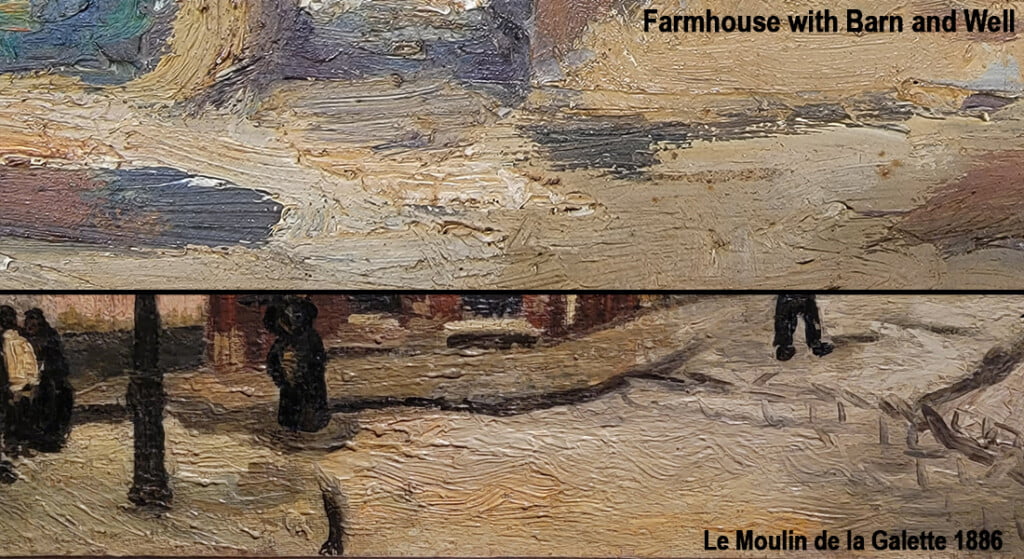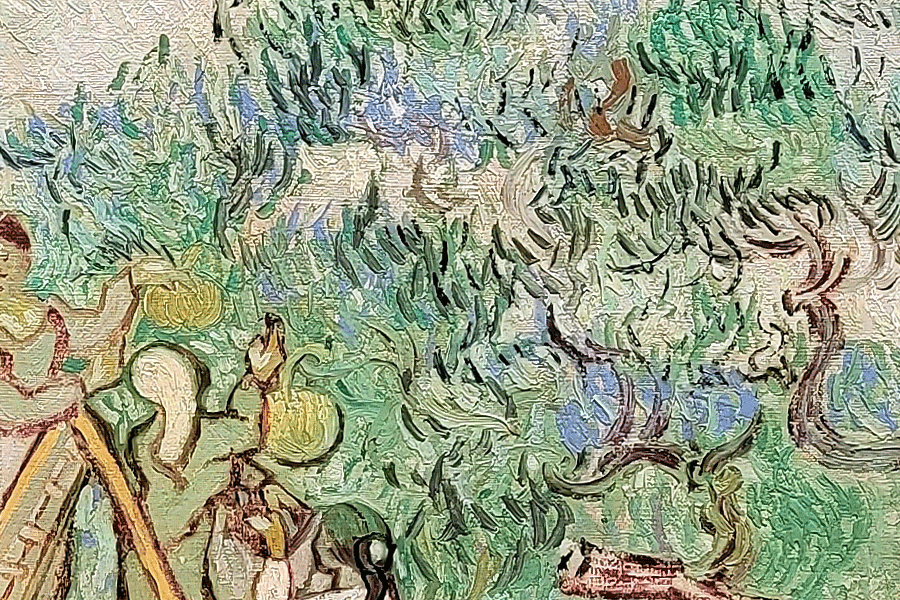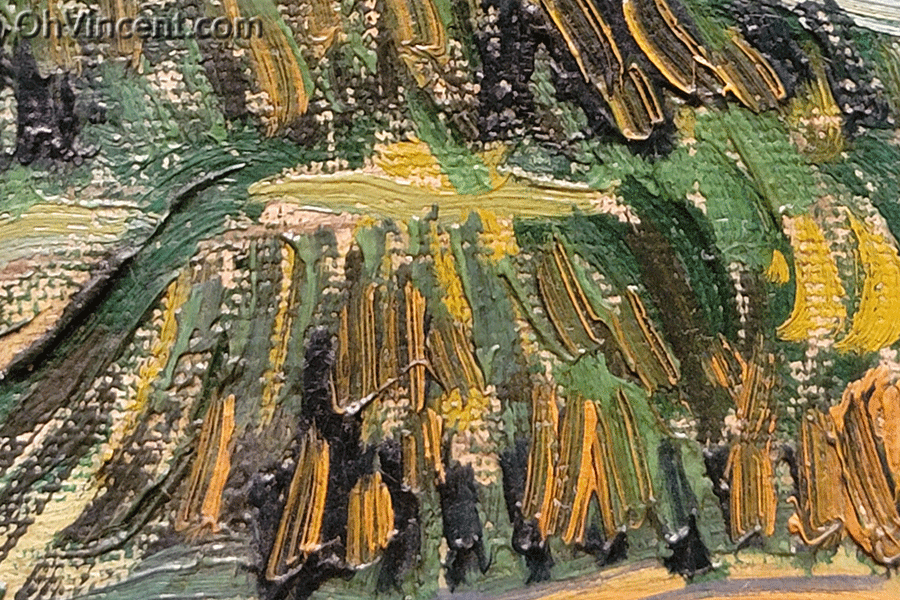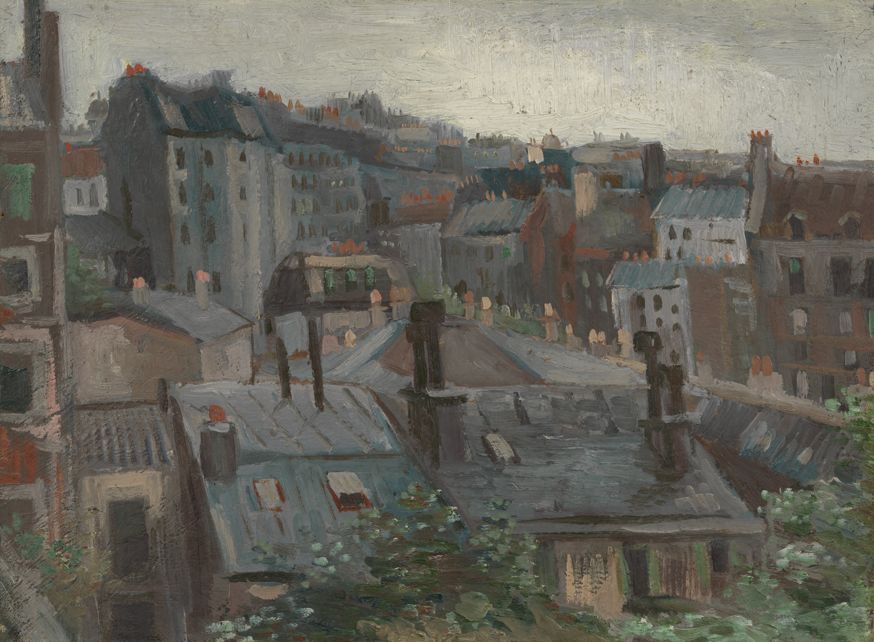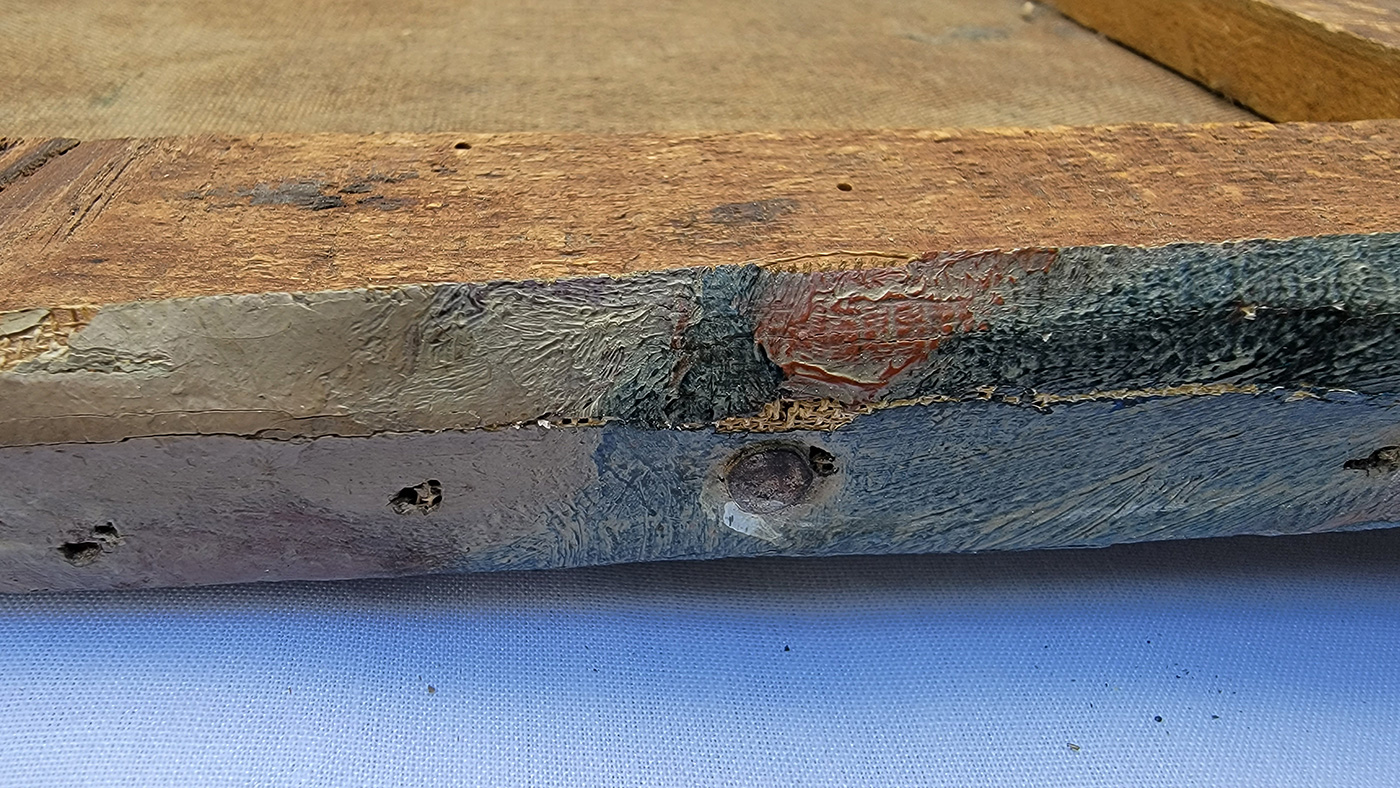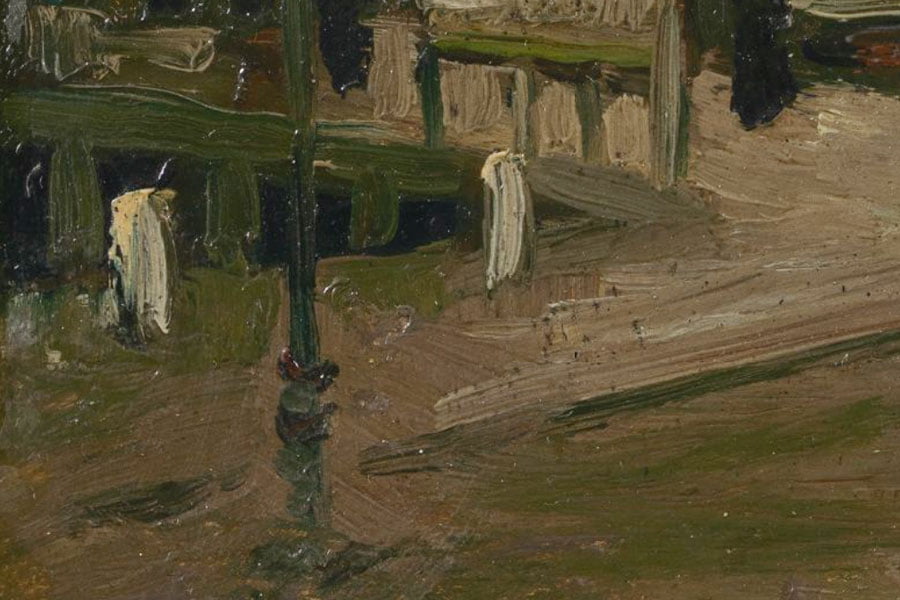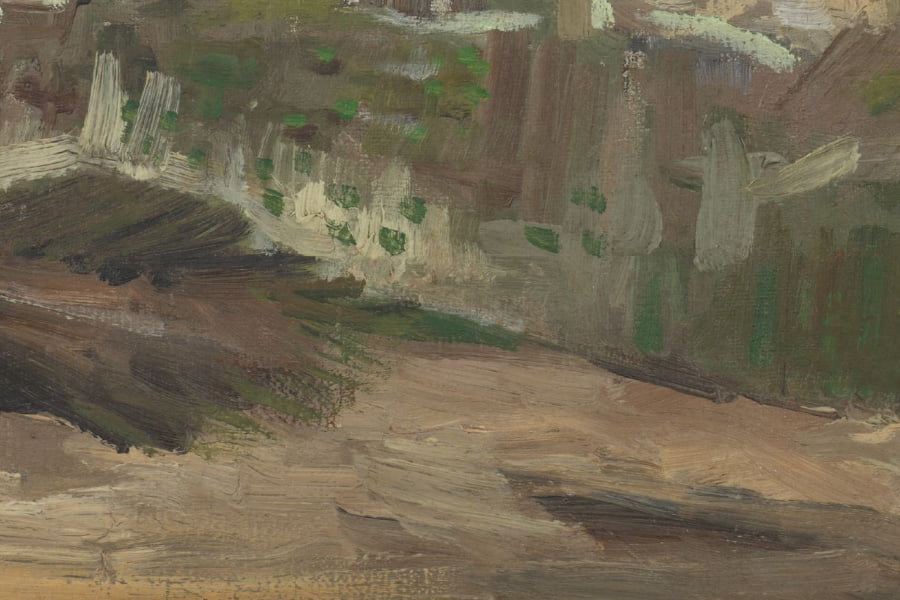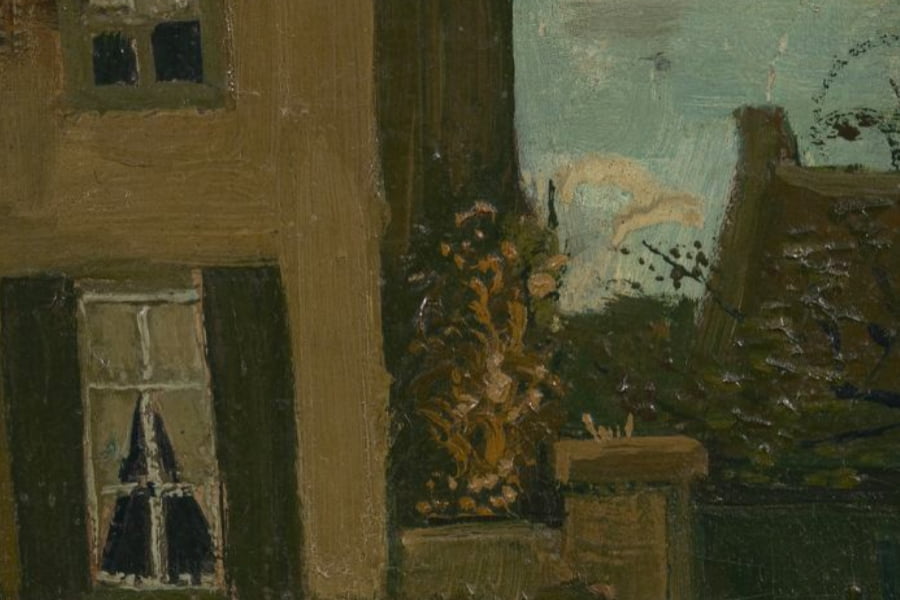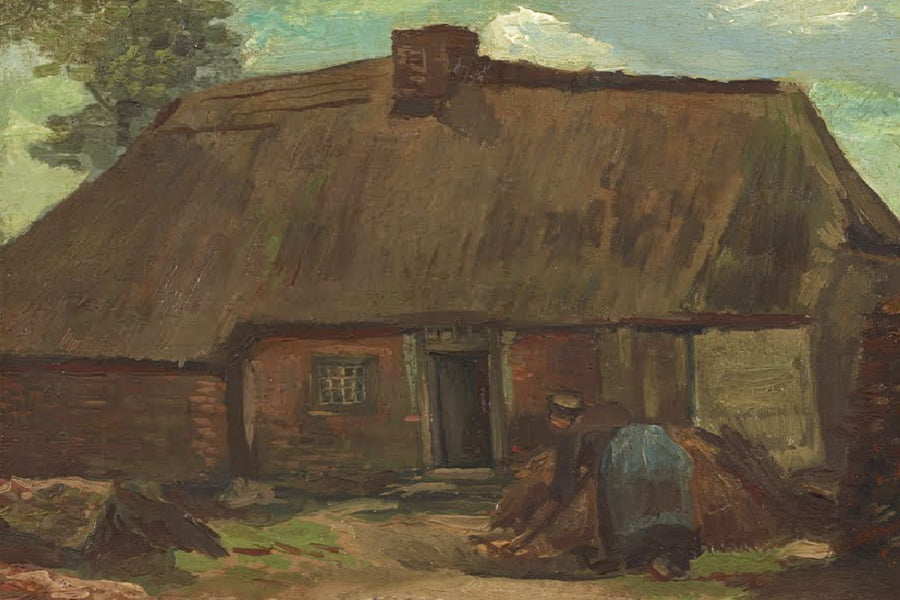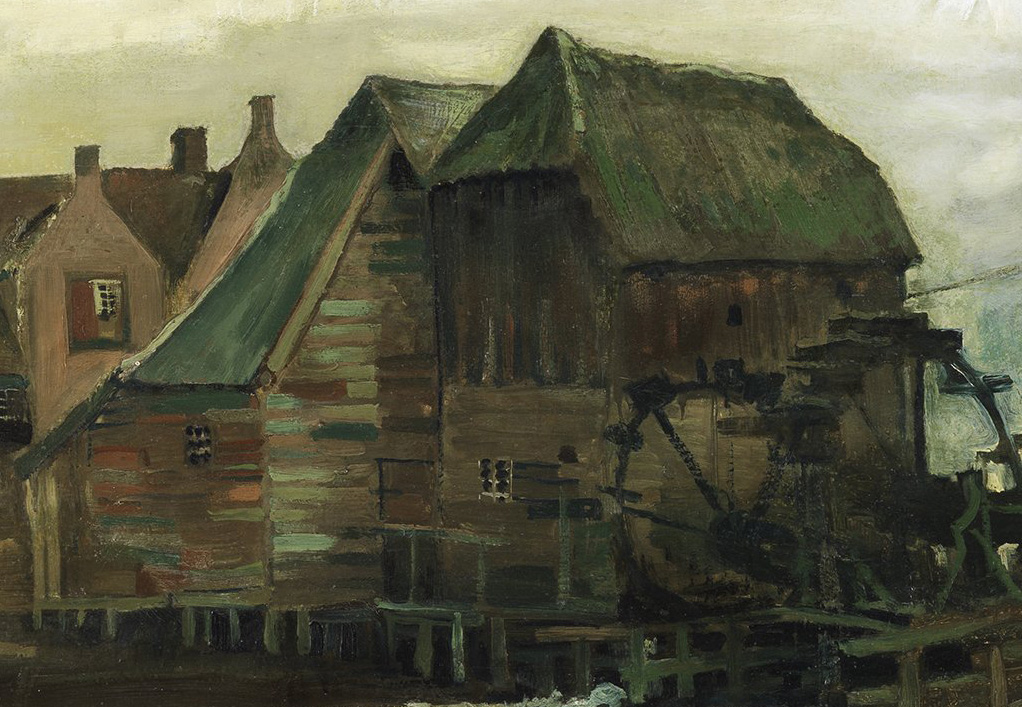Van Gogh Palette Comparison
Van Gogh Palette – Color Pigment Comparison
When we examine the vast collection of Van Gogh oil paintings one can often determine his frame of mind upon execution; this in turn gives us a relevant timeframe.
Vincent’s use of color became increasingly more vibrant after he moved to Paris, and continued to flourish during Arles with the Sunflowers series.
From May 8, 1889 to May 16, 1890 during a year spent at the Saint-Paul Asylum in Saint-Rémy Vincent produced some of his most famous and impressive works.
During mid-April 1889, while in Arles, Vincent had written to his brother Theo requesting the following pigments in large tubes, noting “I have 6 spring studies, including two large orchards. It’s very urgent, because these effects are so fleeting”:
12 zinc white – 1 Emerald – 2 Cobalt – 2 Ultramarine – 1 Vermilion – 4 Veronese Green – 3 Chrome I – 1 Chrome II – 2 Geranium lake in medium tubes
The paintings consisted of 4 orchards, as well as Road with Pollard Willows, and Field with Flowers Under a Stormy Sky
On Sunday, 9 June 1889 having spent a month at the asylum in Saint-Rémy-de-Provence, Vincent wrote to his brother Theo requesting the following pigments:
8 tubes silver white – 6 tubes Veronese Green – 2 tubes Ultramarine – 2 tubes Cobalt – 2 tubes yellow Ochre – 1 tube red Ochre – 1 tube raw sienna – 1 tube ivory black
Compare pigments used in Farmhouse with Barn and Well with Vincent’s paintings
Note also that the painting is in dire need of cleaning!
When researching Van Gogh’s color palette, one needs to venture beneath what the human eye sees; Vincent used several underlying pigments, and the colors of the thatched roof from Farmhouse with Barn and Well (lower right) clearly correspond with the colors from The Sower (with the Outskirts of Arles in the Background) 1888.
Upon closer inspection of both The Sower and Farmhouse with Barn and Well, green and browns become more prominent, and although you cannot see it in the picture, the various shades of blue also glimmer through on both paintings.

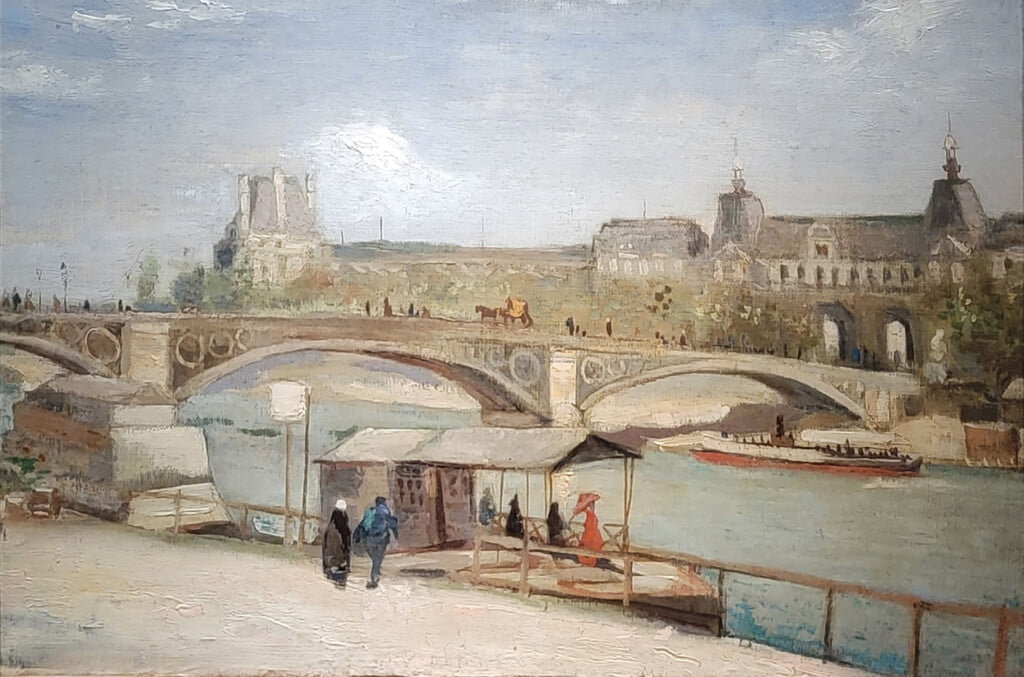
One wonders if the edges (pics below) are part of a completely different painting hidden beneath – One ALSO WONDERS if the original painting was at one point larger, and trimmed down to create a completely new one – We KNOW Vincent repainted over several if not dozens of his works. There is also a slim possibility that it’s painted over The Large Mill on the Moor at Twilight; A large-scale painting missing since Antwerp art buyers weren’t interested in buying it.
“What I did most recently is a rather large thing of an old mill on the bare heath, a dark silhouette against an evening sky.” Vincent to Theo November 1885

